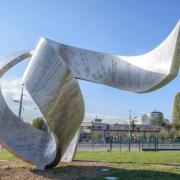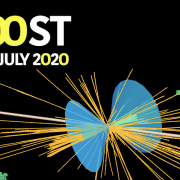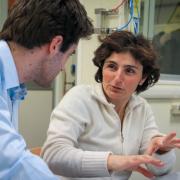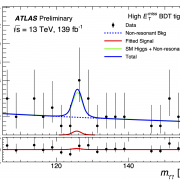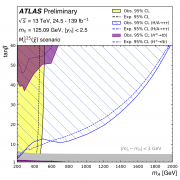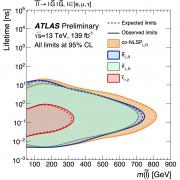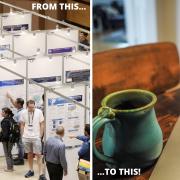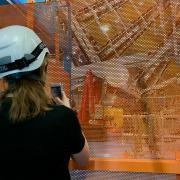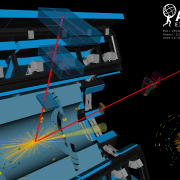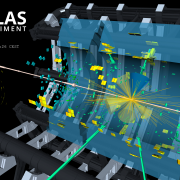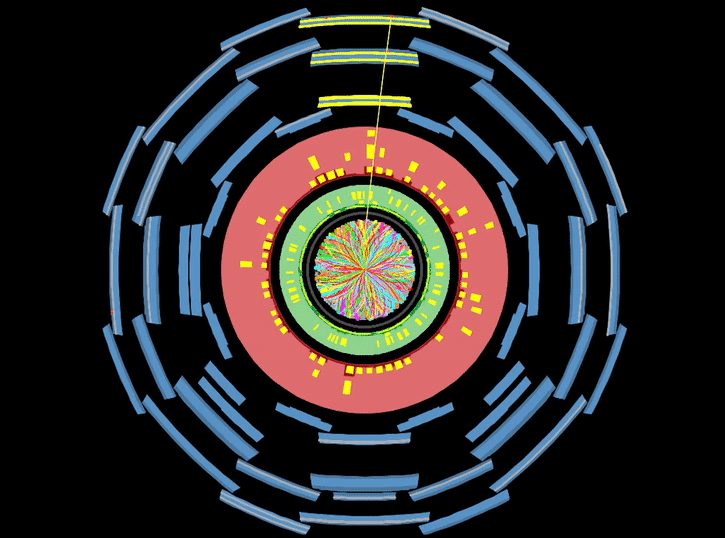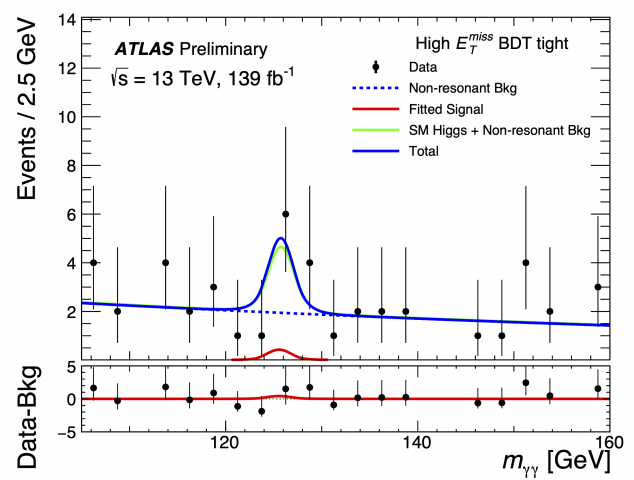Access to Collaboration Site and Physics Results
Updates tagged: “detector operation”

In conversation with Masaya Ishino, a key player behind ATLAS' successful Run 2
Masaya Ishino is a researcher and professor with the University of Tokyo. He joined the ATLAS Collaboration in 2001, and has been instrumental to the development, construction and operation of the muon spectrometer. Masaya was elected ATLAS Run Coordinator in 2017, playing a key role in the record-breaking Run 2 operation.
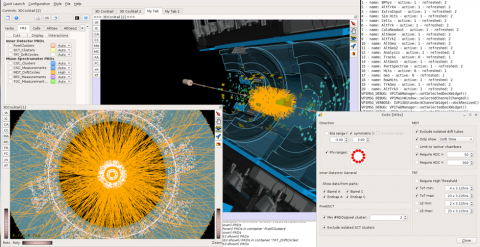
Waiting for physics: Stable beams!
Following the first “beam splash” tests in early-April, the ATLAS experiment awaited the next milestone on the road to data-taking: "stable beams". This is when the LHC proton beams are aligned, squeezed, focused and finally steered to collide head-to-head. It is an important test, as it allows us to verify that the collision mechanism is ready to take data that are good for physics studies.
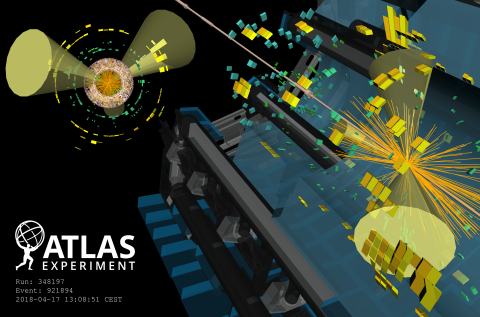
ATLAS starts new year of data-taking
On 28 April, the ATLAS Experiment began recording the first data for physics of 2018. This will be the final year of Run 2 operation of the Large Hadron Collider and will mark the conclusion of the rich 13 TeV data harvest. Starting in 2019, the accelerator and its experiments will enter a long upgrade and maintenance period.
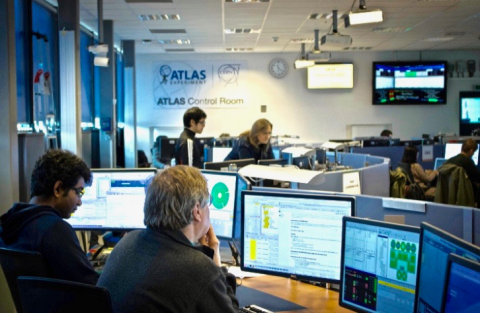
ATLAS on track for 2018 data taking
It’s kick off at the Large Hadron Collider! Proton beams are circulating once again in the accelerator, marking the start of a new year of exploration for the ATLAS experiment.
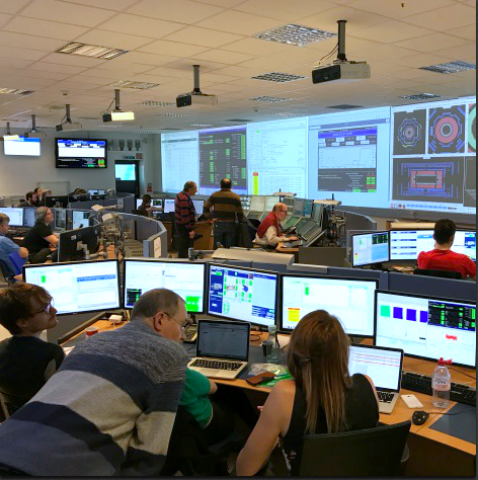
How to run a particle detector
If you are interested in particle physics, you probably hear a lot about the huge amount of data that is recorded by experiments like ATLAS. But where does this data come from? Roughly speaking: first you have to plan, build and maintain an experiment and in the end you need people to analyse the data you’ve recorded. But what happens in between? What happens in the day-to-day life of people in the ATLAS control room, who are responsible for keeping all that great data coming?
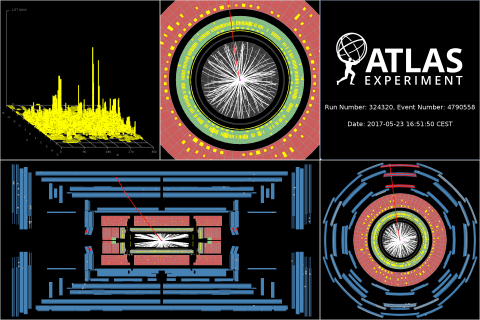
ATLAS kicks off a new year at 13 TeV
Geneva, 23 May 2017. A new season of record-breaking kicked off today, as the ATLAS experiment began recording first data for physics of 2017. This will be the LHC’s third year colliding beams at an energy of 13 tera electron volts (TeV), allowing the ATLAS Experiment to continue to push the limits of physics.
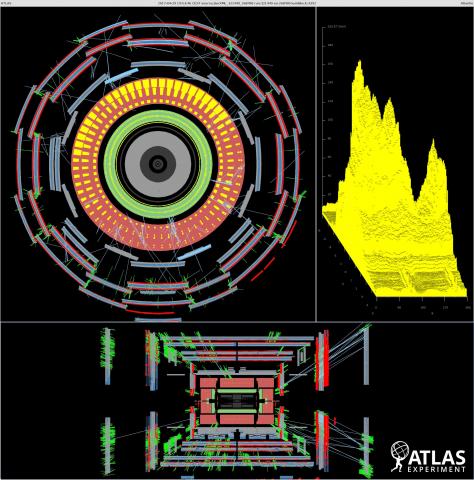
Beams return to the ATLAS Experiment
With the year’s first proton beams now circulating in the Large Hadron Collider, physicists have today recorded “beam splashes” in the ATLAS experiment

Counting collisions
Whether searching for signs of new physics, or making precise measurements of known interactions, it is essential to know the total number of proton-proton collisions that the LHC delivers in ATLAS. This parameter, known as “luminosity”, is a vital part of ATLAS analysis.
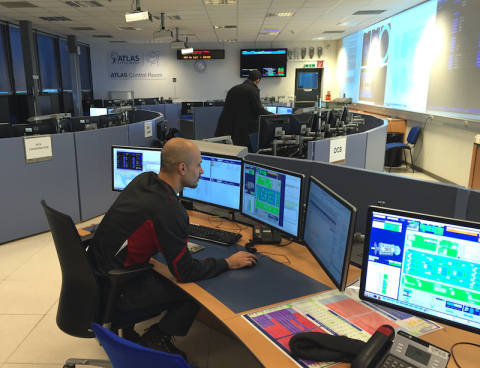
A busy day in the life of high energy physicist
My work involves analyzing data to try to understand how nature works at the most fundamental level, by searching for new particles and ways in which they interact. Specifically, I am looking at the top quark, which is the heaviest fundamental particle known to exist, with a mass of about 180 times that of a proton.
.jpg%3Fitok=6Ss7papR)
An insider view of the "marten affair"
Friday morning, 29 April 2016: what was expected to be a productive shift turned out to be very different.


